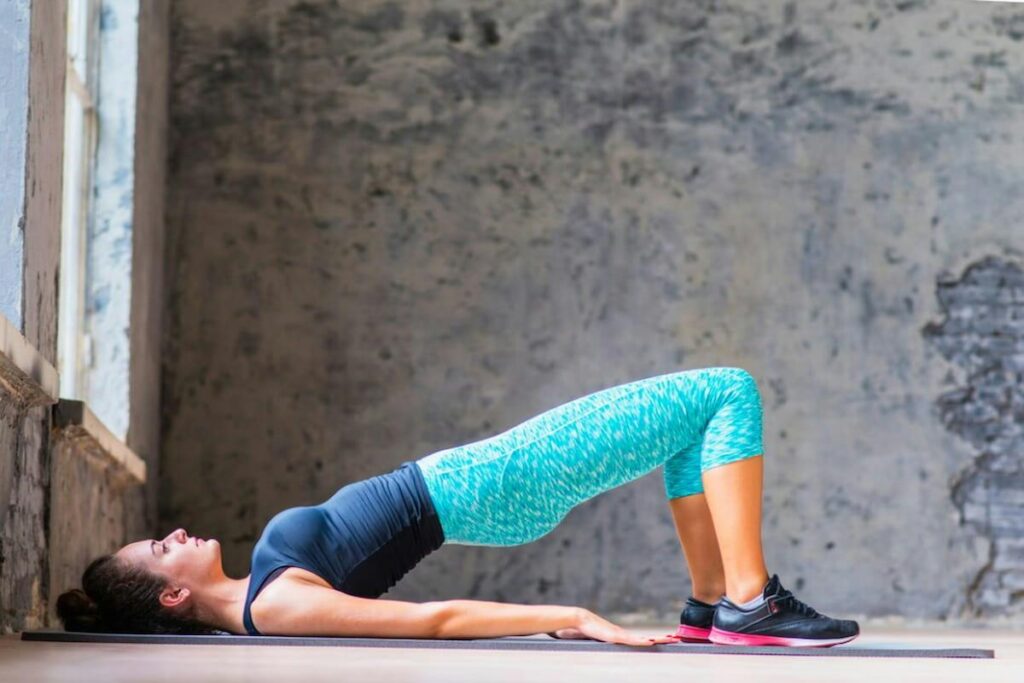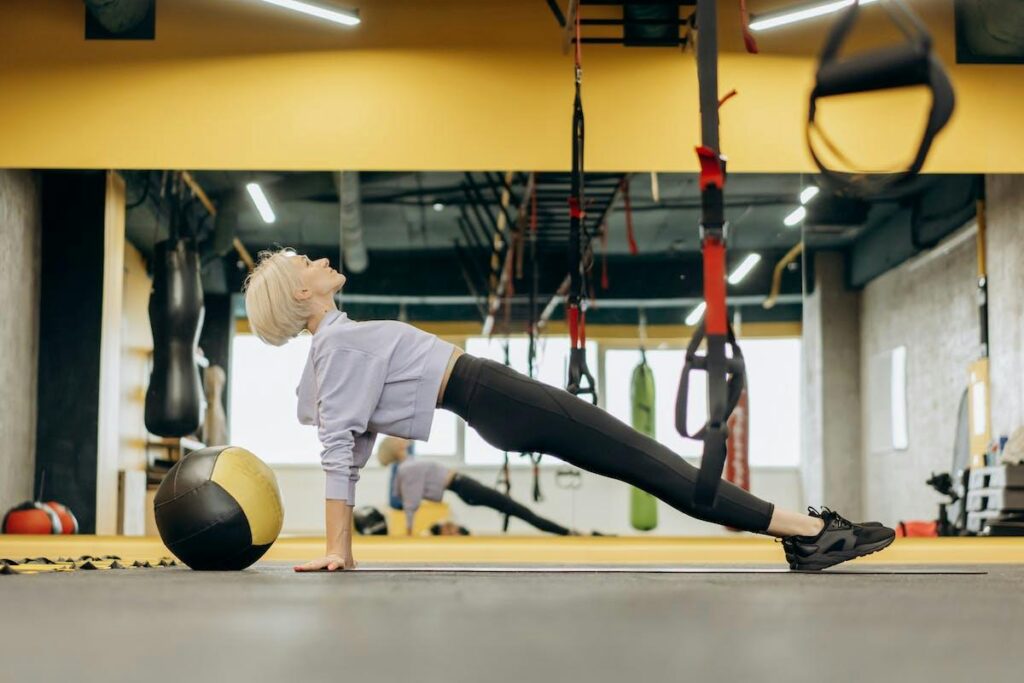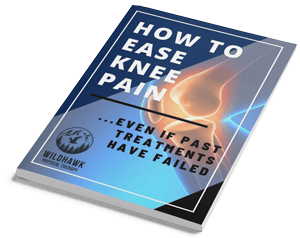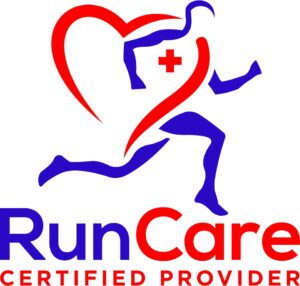
Introduction
Welcome to another informative blog post from WildHawk Physical Therapy. In this comprehensive article, we’ll address a crucial but often overlooked aspect of fitness – pelvic health for CrossFit athletes. For individuals deeply invested in the demanding world of CrossFit, issues like pelvic pain and leakage can pose unique challenges. Let’s delve into the intricacies of pelvic health, exploring the specific concerns faced by CrossFit athletes and providing valuable insights on prevention and management.
Understanding Pelvic Health
Pelvic health is a broad term encompassing the well-being of the pelvic organs, muscles, and connective tissues. For both men and women, maintaining optimal pelvic health is essential for various reasons, including reproductive function, urinary and bowel control, and overall comfort during physical activity.
CrossFit and Pelvic Health: The Connection
CrossFit is renowned for its high-intensity, functional movements that engage multiple muscle groups simultaneously. While this form of exercise offers numerous benefits, it can also exert significant pressure on the pelvic region, potentially leading to issues such as pelvic pain and leakage.
Pelvic Pain in CrossFit Athletes
Pelvic pain among CrossFit athletes can arise from various factors, including:
Overtraining: The intensity and frequency of CrossFit workouts may lead to overtraining, causing muscle imbalances, strain, and pelvic discomfort.
Improper Technique: Incorrect form or technique during CrossFit movements can contribute to pelvic pain. Movements like heavy lifts and dynamic exercises require proper body mechanics to avoid undue stress on the pelvic floor.
Muscle Imbalances: CrossFit workouts predominantly target major muscle groups, but neglecting the smaller stabilizing muscles can lead to imbalances, affecting the pelvic region.
Impact on Pelvic Floor Muscles: Intense workouts may impact the pelvic floor muscles, leading to tightness, weakness, or dysfunction.
Leakage Issues in CrossFit Athletes
Pelvic floor issues can manifest in leakage problems, particularly stress urinary incontinence (SUI), during high-impact activities like those in CrossFit. SUI involves the involuntary loss of urine during activities that increase intra-abdominal pressure, such as lifting, jumping, or running.

Preventive Measures for Pelvic Health in CrossFit
CrossFit athletes can take proactive steps to promote pelvic health and minimize the risk of pelvic pain and leakage issues:
- Pelvic Floor Exercises: Incorporate targeted pelvic floor exercises into your routine. Kegels, bridges, and deep core engagement exercises can enhance pelvic floor muscle function.
- Proper Warm-up and Cool-down: Prioritize thorough warm-up and cool-down sessions to prepare your body for the intensity of CrossFit workouts and facilitate recovery.
- Technique Mastery: Ensure proper form and technique for all movements. Work with a coach to refine your skills and avoid unnecessary strain on the pelvic region.
- Cross-Training: Incorporate cross-training activities that complement CrossFit. Activities like swimming, cycling, or yoga can provide a well-rounded fitness routine without excessive impact on the pelvic floor.
- Rest and Recovery: Allow your body sufficient time for rest and recovery between workouts. Adequate sleep and stress management are crucial for overall pelvic health.
Pelvic Health Management for CrossFit Athletes
If pelvic pain or leakage issues arise, seeking professional guidance is vital. Pelvic health physical therapy can offer specialized interventions tailored to the unique needs of CrossFit athletes:
Assessment and Diagnosis: A thorough evaluation by a pelvic health physical therapist can identify the root causes of pelvic pain or leakage, allowing for targeted treatment.
Pelvic Floor Rehabilitation: Specific exercises and interventions can address pelvic floor dysfunction, enhancing muscle strength, flexibility, and coordination.
Education and Awareness: Pelvic health professionals can educate athletes on lifestyle modifications, proper biomechanics, and self-care strategies to manage and prevent issues.
FAQ Section
Frequently Asked Questions:
Q: Can pelvic health physical therapy benefit male CrossFit athletes?
A: Yes, pelvic health physical therapy is beneficial for both male and female CrossFit athletes. It addresses issues such as pelvic pain, muscle imbalances, and dysfunction, promoting optimal performance and well-being.
Q: Are there specific exercises to prevent leakage during CrossFit workouts?
A: Pelvic floor exercises, including Kegels and dynamic core engagement, can contribute to preventing leakage during high-impact activities. However, individualized guidance from a pelvic health physical therapist is recommended for a targeted approach.
Q: How soon after experiencing pelvic pain or leakage should a CrossFit athlete seek professional help?
A: It’s advisable to seek professional help promptly. Early intervention can prevent the escalation of issues and promote a quicker return to pain-free and leakage-free workouts.
Conclusion
In conclusion, prioritizing pelvic health is crucial for CrossFit athletes to ensure longevity in their fitness journey. By understanding the specific challenges faced by CrossFit enthusiasts, implementing preventive measures, and seeking timely professional assistance when needed, athletes can optimize their pelvic health and continue enjoying the benefits of CrossFit. For personalized guidance and support, reach out to WildHawk Physical Therapy located in Asheville, NC. Your pelvic health matters, and we’re here to help you thrive in your fitness pursuits.









